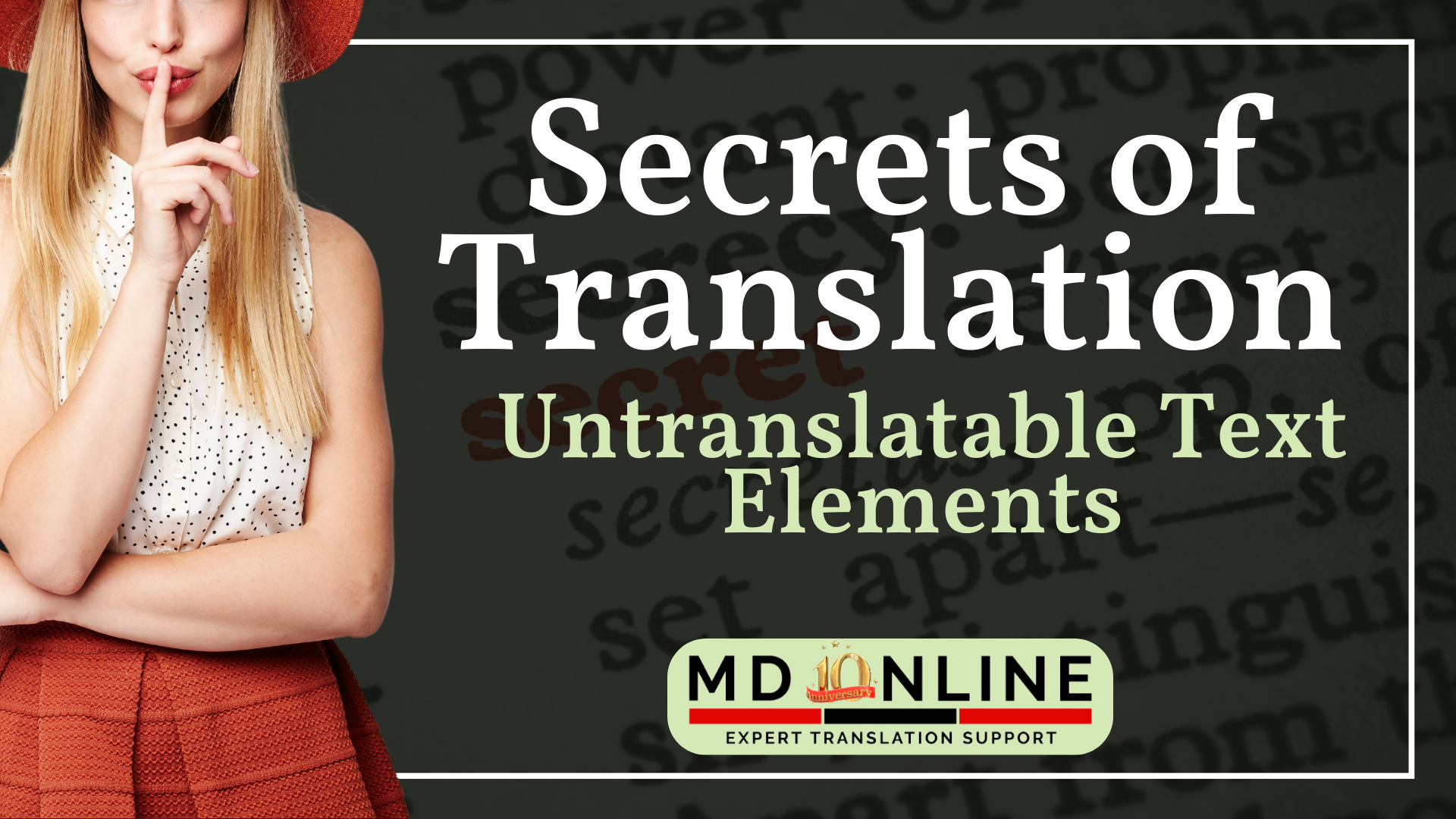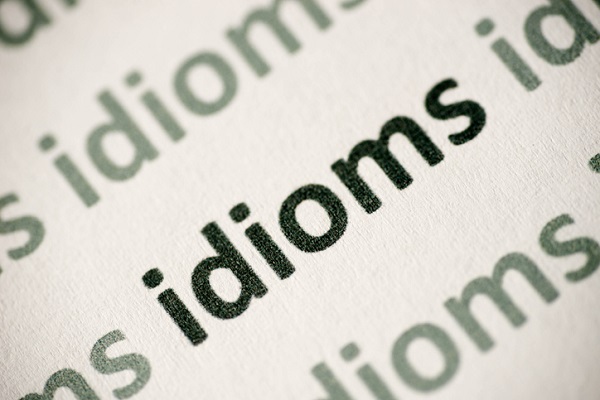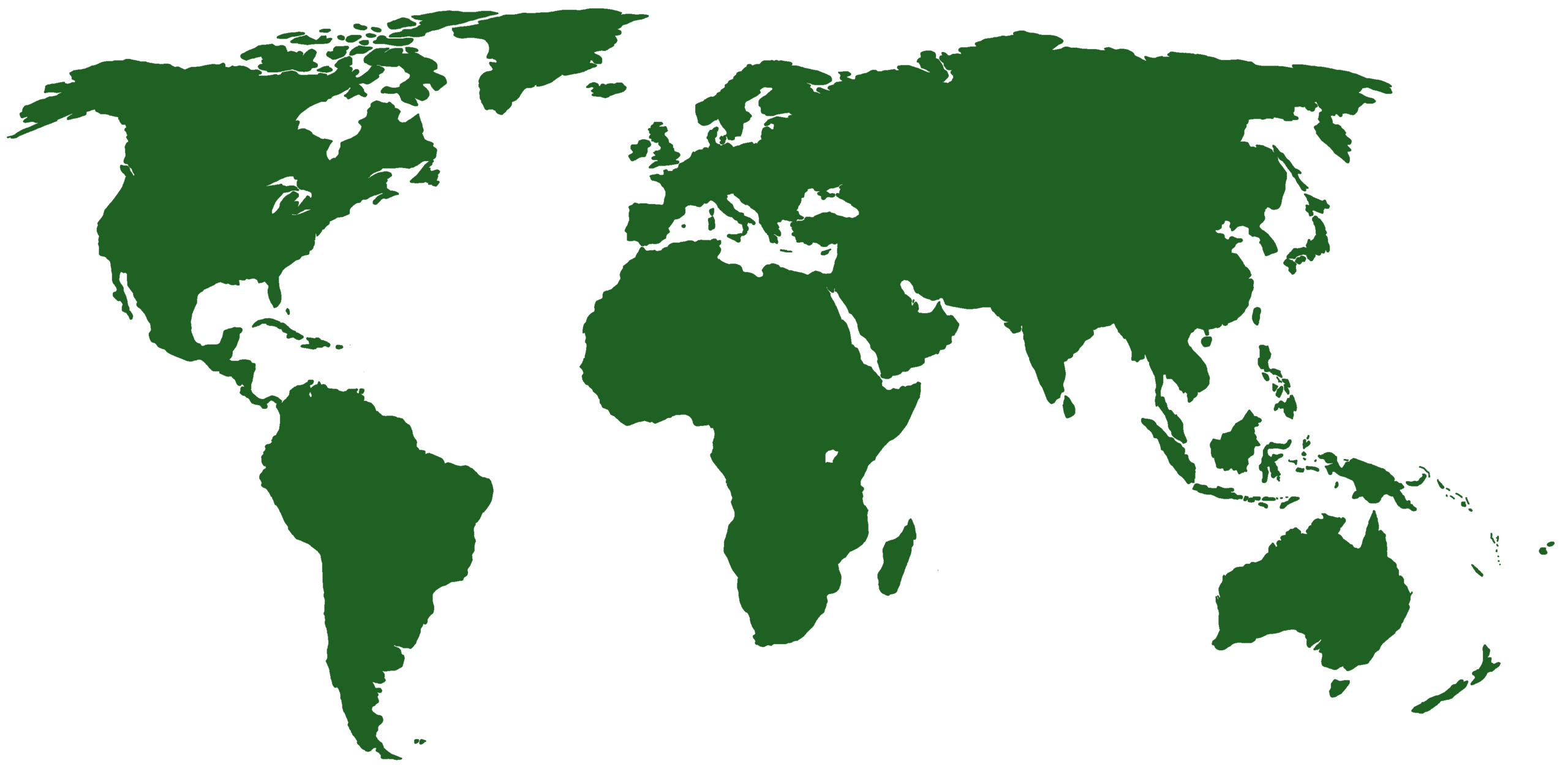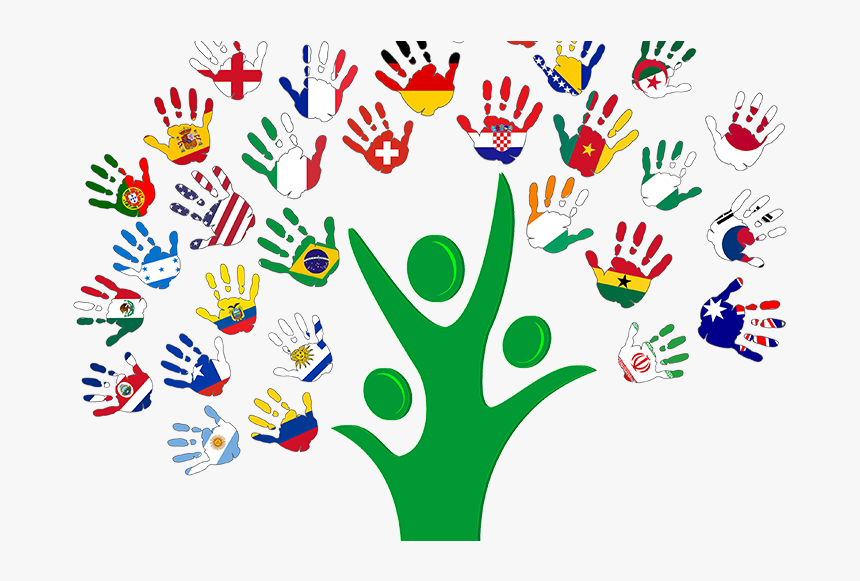Untranslatable Text Elements: What to Keep in Their Original Form?
The process of translating texts from one language to another can be challenging, especially when you encounter elements that should not be literally translated. What should be untranslatable into other languages? When to use your creativity when translating? In this post, you will learn what to avoid and what methods to use when translating different types of questionable content. What to do with such text elements? Find out the best approach to these types of challenges!
Untranslatable Text Elements
Some elements of the text are so unique and specific to a given culture or language. Their literal translation may lead to a loss of meaning or sound incomprehensible. For such elements, it is better to leave them in their original form. These include:
- Proper names – Names, company names, institution names and geographical locations such as cities, regions or countries are usually best left in their original form. Translating them can lead to misinformation or loss of consistency. For example, if the surname ‘Smith’ were translated into Polish as ‘Kowalski’, the original meaning and consistency of the name would be lost.
- Addresses – Addresses, both physical locations and internet addresses (URLs), should be left in their original form. Translating addresses can lead to errors or difficulty in finding a specific location. For example, the address “1600 Amphitheatre Parkway, Mountain View, CA 94043, USA” should not be translated to “Aleja Amfiteatralna 1600, Góra Widokowa, Kalifornia 94043, Stany Zjednoczone,” as we would lose the specific location data, which is relevant for understanding the address.
- Product names – Often product names are carefully developed by brands and have a distinctive sound or connotation. Translation of product names can lead to a loss of brand recognition or a change in the meaning of the name. For example, Apple’s product name ‘iPhone’ is recognised worldwide and maintains its meaning. Translating it into Polish as ‘telefon’, for example, would not convey the specificity of the brand or maintain product recognition.
Leaving these elements in their original form in the translation is a strategic approach that takes into account cultural and linguistic context. This allows you to provide authentic and precise communication between languages, which is incredibly important if you want to achieve satisfactory results.
Text elements which need to be adapted precisely
Sometimes translation requires a creative approach or a lot of time to find a suitable equivalent to maintain the meaning of the translation and consistency with the source text. There are several other elements that can be translated more freely, considering the context and purpose of communication:
- Idioms and idiomatic expressions – Idioms and expressions that do not have a literal equivalent in another language can be creatively translated to convey their meaning or evoke similar impressions in the recipient. For example, the English expression ‘kick the bucket’ means ‘to die’. In translation, you can use an appropriate idiom in a given language, e.g., the Polish ‘kopnąć w kalendarz’ (literally: ‘kick the calendar’) or apply another form of transmission that reflects the meaning of the expression.
- Specialist terms – If you are translating a text in a specialised field, such as medicine, technology or law, some terms may not have a direct equivalent in another language. In such cases, you can use terms that are accepted in the field or try to introduce a new term if you are translating a text on new technologies or innovative products. It is important to make the terminology understandable to the target audience, while taking care to maintain the accuracy of the message.
- Geographical names – Geographical names usually have recognised equivalents, especially when it comes to well-known cities, countries or regions. They are often left in their original form, especially if they are well-known and established in the language. For example, names such as Paris, Rome or New York tend to remain unchanged because they have a unique cultural and historical identification. However, there are situations where the translation of geographical names may be necessary. This may be due to orthographic or phonetic requirements or local recommendations in a particular language. For example, the name of the German city of München is translated into Polish as Monachium, while retaining a similar sound.
- Cultural references – Texts often contain references to specific cultural aspects, such as traditions, customs, historical events, or characters from literature or films. Translating these references may require adapting them to the culture and context of the target language. The translator can use equivalent cultural references or explain the context to ensure understanding for the reader.
Translating a text is a challenge that requires the right approach and the ability to adapt to different contexts. There are several elements that we usually leave in their original form, such as proper names, addresses, or product names. Idioms and idiomatic expressions, on the other hand, can be subjected to creative translation in order to preserve the sense and character of the original. Specialised terms and geographical names often have established equivalents that are worth using to make the message precise and unambiguous. Our team of translators understands very well that translation is the art of adapting to the needs of the reader, while maintaining the originality and authenticity of the text. If you are in need of professional translation, feel free to use our services.







Leave a Reply